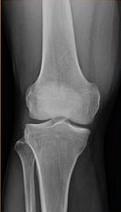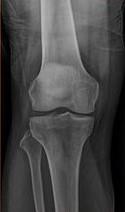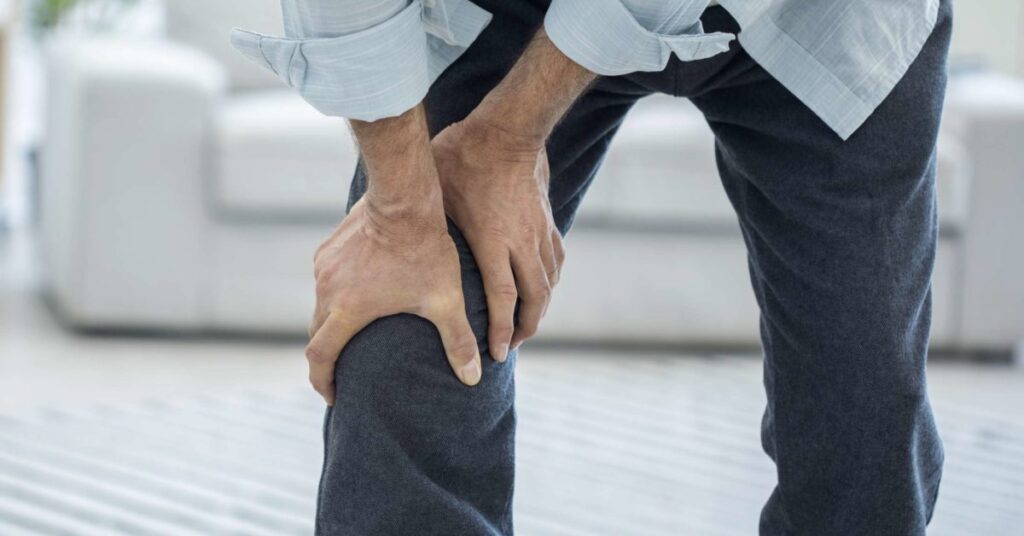“Walking around is difficult”
“Climbing stairs seems impossible”
“The pain started in one knee, and now the other knee hurts even more”
“Doctor why are my legs curved like a bow?”
Do these words sound relatable? Don’t worry, you are not alone, and you aren’t suffering from anything incurable.
Chronic or acute-on-chronic knee pain are an exceedingly common occurrence in the elderly. The culprit is, more often than not, a condition called Osteoarthritis.
I’m fairly certain that the term is familiar to you, and also that it scares most of the people who are diagnosed to be having it. So what IS osteoarthritis? Why is it such a scary condition? Is it curable? Does it always require a surgery? Is the patient bedridden after the surgery? How to prevent this?
Let’s find out.
Osteoarthritis of any joint is essentially a condition in which the normal joint cartilage (the articular cartilage) wears off and the underlying bare bone is exposed. The bone, unlike the articular cartilage, is not smooth and frictionless. So naturally, the bare bone surfaces grind against each other during movements or weight bearing, causing pain.
There are two major types of osteoarthritis.
1. Primary (due to natural ageing process)
2. Secondary (due to an underlying condition like a type of inflammatory arthritis or an improperly healed fracture)
For the sake of brevity, lets narrow down our discussion to osteoarthritis of the knee joint.
Osteoarthritis of the knee is divided into stages based on the severity of the condition.
Stage 1 : You may start to lose cartilage, but joint space probably isn’t getting smaller at this point. Growths on the end of your bones called ‘bone spurs’ could start to form. It can hurt to bend and straighten your leg because of them, but you might not feel this for years.

Stage 2 : Your knee begins to ache after a hard workout or a day when you’re very active. The space between your bones may get smaller as cartilage reduces. You have bone spurs.

Stage 3 : Pain comes and goes as you move. You have less joint space from cartilage loss, and your bones are changing a lot. The ends of them could be thicker, denser, and deformed. You also have more bone spurs. Plus, fluid may build up and cause swelling.

Stage 4 : This is the most extreme part of the disease. Daily movement hurts intensely. There is very little to no cartilage in your joint. Bone spurs are much bigger. The ends of your bones are harder and deformed.

Treatment : Practically, the treatment has to be individualized after taking into consideration the stage of the disease, the age and the comorbidities of the patient, the body mass index, level of osteoporosis and patient expectations. The following are the rough stage-based guidelines for treatment.
Stage 1 and Stage 2 : Weight reduction, activity modification, exercises to strengthen the extensor mechanism of the knee, joint health enhancing medication etc.
Stage 3 : All of the above and sometimes intraarticular injections of Hyaluronic acid.
Stage 4 : A total knee replacement surgery. The surgeon may give a trial of conservative management in borderline cases and if it gives unsatisfactory results, a surgery may be advised.
To summarize, primary osteoarthritis of the knee is an age-related degeneration of the knees. In varying proportions, it’s as inevitable as the greying of hair, balding or wrinkling of skin that occurs with age. Timely consultation and treatment can slow down the progression of the condition to the late stages, and may perhaps totally avoid an extensive surgery. So consult your orthopedic today !
Dr. Hrishikesh Patkar is a consultant orthopedic and joint replacement surgeon based in Pune. He has extensive experience in all orthopedic trauma and primary and revision/complex joint replacement surgeries of the knee, hip, shoulder and elbow. He performs conventional, navigation-based and robotic joint replacement surgeries across multiple hospitals in and around Pune.


